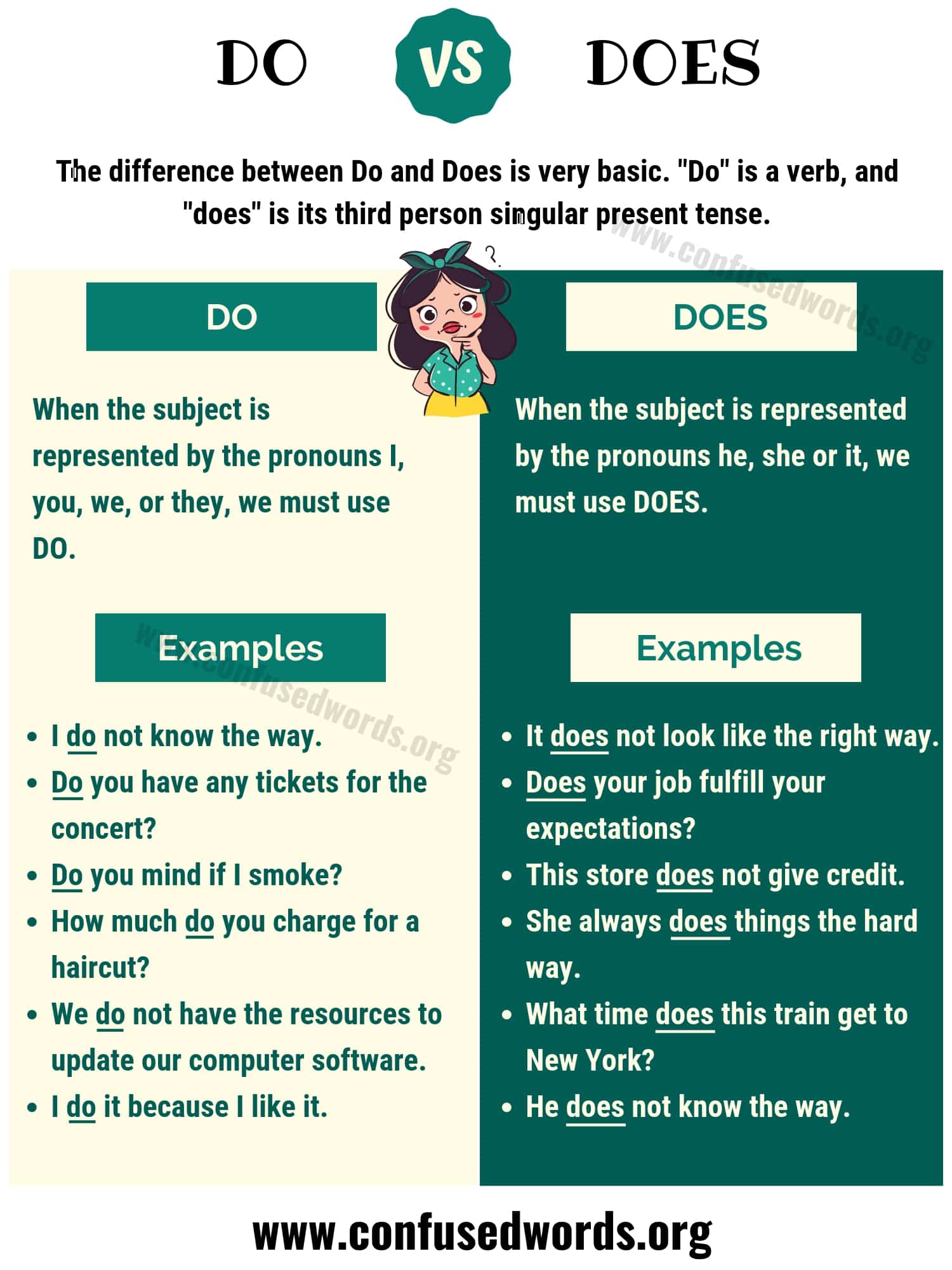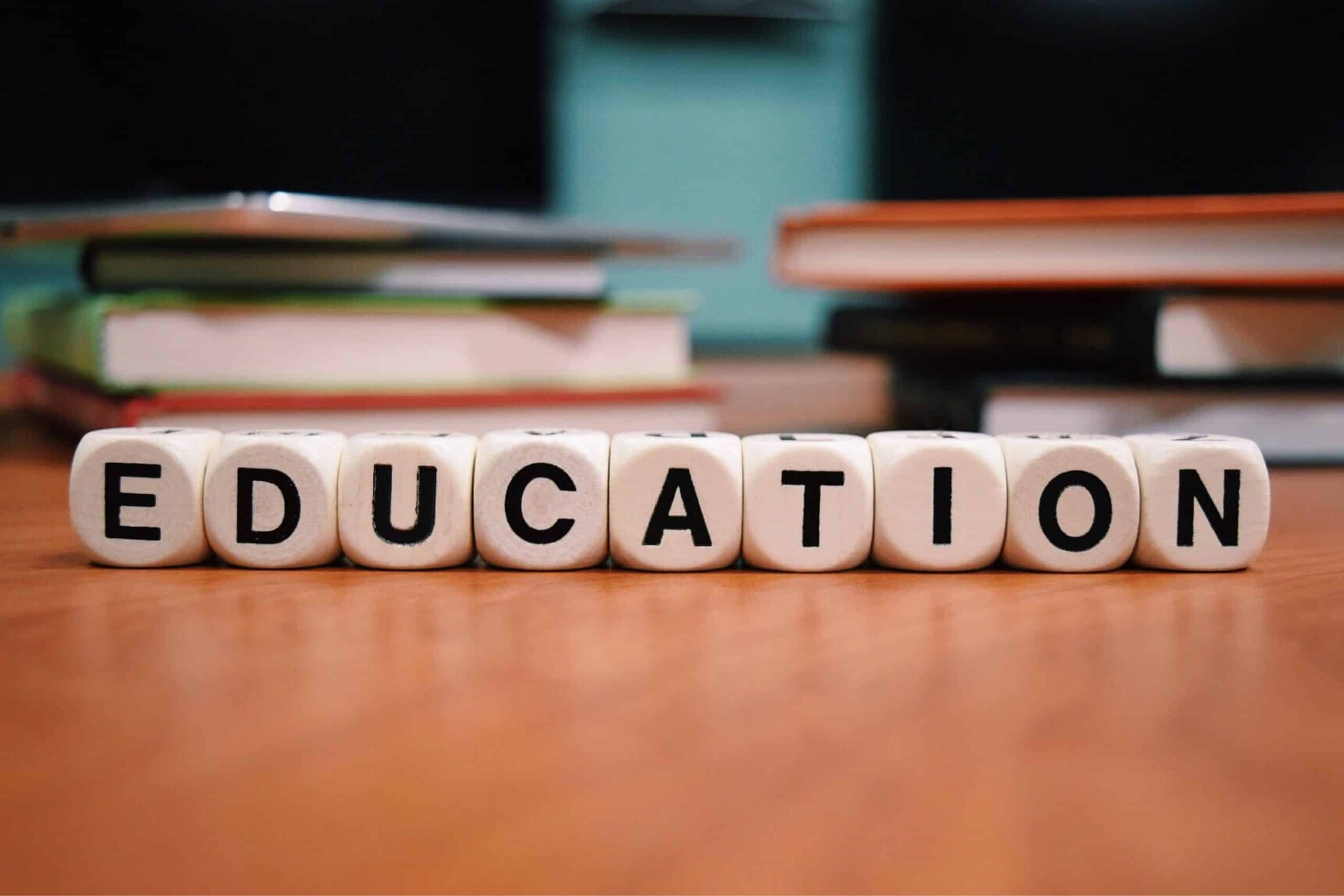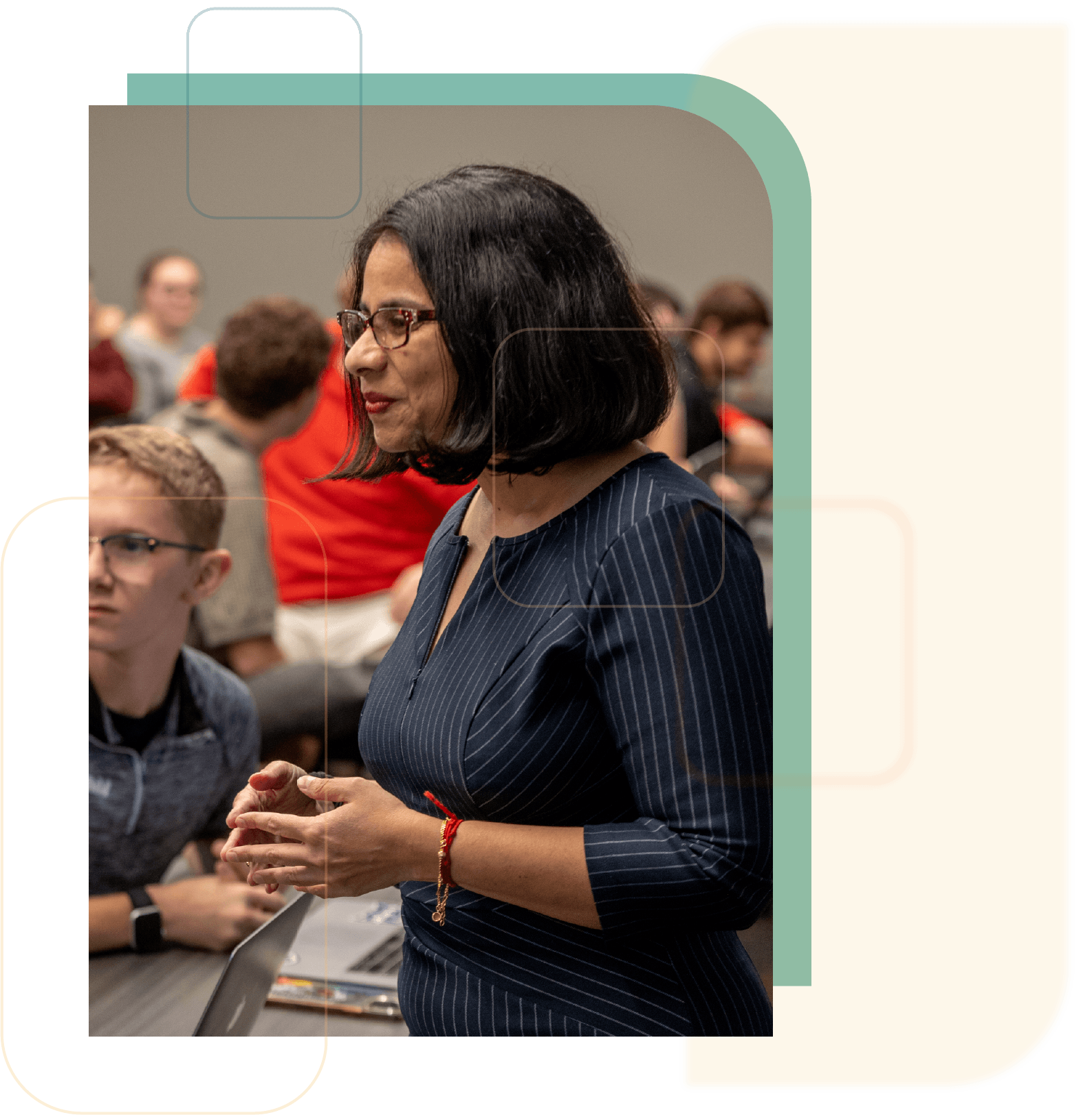Understanding Primary Education: Foundation for Lifelong Learning
Introduction: The Cornerstone of Lifelong Learning
Primary education is widely recognized as the crucial first stage of formal education. It serves as the bedrock upon which all future learning and personal development are built. Typically designed for children between the ages of 6 and 12, primary education provides the essential skills, values, and experiences needed for academic success and responsible citizenship [1] [2] . This article delves into what primary education is, its significance, and practical guidance for families seeking access to quality programs.
What Is Primary Education?
Primary education, sometimes called elementary education, is the first phase of formal schooling after preschool or kindergarten and before secondary (middle or high school) education. The core purpose of primary education is to impart foundational skills in reading, writing, and mathematics, while also nurturing social, emotional, and cognitive growth [3] [4] .
While the exact age range and duration can vary by country or region, primary education most often covers the first six to eight years of compulsory schooling. In the United States, it usually spans from Grade 1 through Grade 5 or 6; in the United Kingdom, it generally includes ages 5 through 11 [2] . The curriculum is designed to foster not just academic ability, but also critical thinking, problem-solving, and a sense of ethical responsibility.
Core Goals and Curriculum
The primary education curriculum includes several key subjects:
- Language Arts : Reading, writing, grammar, and communication skills lay the groundwork for lifelong literacy [1] .
- Mathematics : Arithmetic, basic geometry, and logical reasoning help develop numeracy and analytical skills [4] .
- Science : Introductory concepts about the natural world, including plants, animals, and basic physical phenomena.
- Social Studies : Understanding communities, cultures, history, and civic responsibilities.
- Arts and Physical Education : Creative expression and physical health are promoted through art, music, and sports.
The curriculum is intentionally broad to encourage curiosity and help children discover their interests and strengths. Teachers often use interactive and engaging methods, such as hands-on activities, games, and group projects, to maintain enthusiasm and foster deeper understanding [3] .
Importance of Primary Education
Primary education is vital not only for academic achievement but also for personal growth and societal progress. Its benefits include:
- Breaking the cycle of poverty : Access to basic education is linked to higher lifetime earnings and improved quality of life [1] .
- Improved health and wellbeing : Educated individuals are more likely to make informed health choices and contribute positively to their communities [2] .
- Gender equality : Universal primary education helps close the gender gap in educational access and outcomes [2] .
- Social development : Children learn to cooperate, communicate, and resolve conflicts, fostering emotional intelligence and empathy [3] .
- Character building : Primary education instills values such as honesty, respect, and responsibility [4] .
How to Access Primary Education
Every country has its own system for providing primary education, and most mandate attendance by law. Here’s how families can access these programs:
1. Public Schools
In many countries, public primary schools are funded and operated by the government, making education free or low-cost for all eligible children. To enroll your child:
- Contact your local education authority or municipal office for information on school zoning and registration requirements.
- Prepare documents, such as proof of residence, child’s birth certificate, and immunization records.
- Attend school orientation sessions and complete any required assessments.
In the U.S., you can find information by searching for your state’s Department of Education or visiting your city’s official website for guidance on enrolling in local public schools.

Source: writeatopic.com
2. Private and Independent Schools
Private schools offer alternative curricula or educational philosophies and may charge tuition. To explore these options:
- Research private and independent schools in your area using platforms like the National Center for Education Statistics’ School Search tool [5] .
- Contact schools directly to inquire about curriculum, fees, application deadlines, and financial aid opportunities.
3. Homeschooling
Some families choose to educate their children at home. Homeschooling is regulated at the state or national level, so requirements vary. Typical steps include:
- Research your region’s homeschooling laws and reporting requirements (often found on your state’s Department of Education website).
- Select an approved curriculum that meets learning objectives for primary education.
- Join homeschooling support groups for resources and networking.
4. Alternative and Charter Schools
Certain jurisdictions offer charter or alternative schools with specialized programs or teaching approaches. These schools may have unique admission processes, such as lotteries or application essays. For more details, consult your local education authority or state education department.
Challenges and Solutions in Primary Education
Despite its importance, primary education faces several challenges worldwide:
- Access disparities : In some regions, children face barriers due to poverty, gender, location, or disability. Solutions include targeted scholarships, community outreach, and inclusive policies.
- Quality concerns : Overcrowded classrooms and undertrained teachers can negatively impact learning. Continued professional development and investment in educational resources help address these issues.
- Transition to higher education : Students may struggle when moving from primary to secondary education. Orientation programs and bridge curricula can ease this transition.
Parents and guardians play a vital role by advocating for their children’s education, staying involved with schools, and seeking community resources when challenges arise.
Practical Steps for Supporting Your Child’s Primary Education
Families can take several practical steps to support their child’s educational journey:
- Create a structured home environment that encourages reading and curiosity.
- Maintain open communication with teachers and participate in school activities.
- Monitor progress and seek help early if academic or social challenges arise.
- Encourage extracurricular activities that develop social and physical skills.
If you are looking for additional support, consider contacting your local school counselor or educational advocacy groups for guidance tailored to your child’s needs.
Alternative Approaches and Future Trends
The field of primary education is evolving, with innovations such as personalized learning, technology integration, and inclusive education for children with diverse needs. Some schools offer bilingual programs or STEM-focused curricula to meet changing societal demands. Parents can stay informed by attending school meetings or subscribing to education newsletters from reputable organizations like the U.S. Department of Education or UNICEF.

Source: opportunityeducation.org
Summary: Laying the Foundation for Success
Primary education is more than the first step in a child’s academic journey-it is a transformative stage that shapes intellectual, emotional, and social growth. By understanding what primary education entails and knowing how to access and support quality programs, families and communities can ensure that every child receives the foundation they need for lifelong success.
References
- [1] Billabong High School (2024). Primary Education – Meaning, Significance, and Goals.
- [2] Wikipedia (2024). Primary education.
- [3] Suryadatta National School (2025). What Is Primary School: An In-Depth Overview.
- [4] Narayana Schools (2023). Primary Education: Definition, Importance, and Objectives.
- [5] National Center for Education Statistics (2025). School Search Tool.
MORE FROM 9scholarships.de













